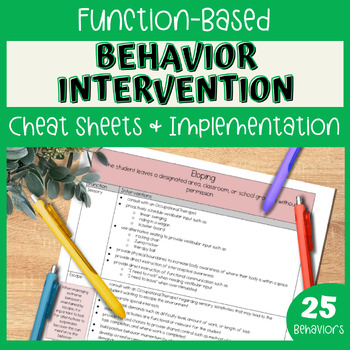
After all the talk about what students love during Valentine's Day activities, I always found a natural next step in my thematic units was to focus on feelings and emotions. Check out some of my favorite Emotions activities: ELA Ideas I first introduce feelings vocabulary. We use a variety of visuals including photos, icons, and even emojis. Next, we practice sorting emotions based on the vocabulary we've learned. These cut and paste worksheets are also included in my Feelings Thematic Unit . Then, we read stories to discuss each emotion in context. I love The Way I Feel by Janan Cain because it covers so many robust feeling words. I use the communication board from my Feelings Thematic Unit for students to participate. Another favorite feelings story is When Sophie Gets Angry-- Really, Really Angry by Molly Bang. I love this story for introducing the concept of coping strategies to my students. I love this story so much that I created an entire Picture Book Comm......

Download my FREE Calming and Alerting Sensory Cheatsheet! I look forward to connecting with you and sharing SpEd Spot tips and FREEBIES! Download the Sensory Cheatsheet Built with ConvertKit Did you know that research has shown that up to 88% of students with an identified disability have difficulty processing sensory input? Therefore, addressing sensory needs in the special education classroom is essential to ensuring students are ready to learn. In my classroom, I used a variety of whole group and individual sensory supports. Every day I had proactive supports embedded within our schedule. Then, during difficult moments when students were dysregulated, I could rely on these well-established strategies to provide additional support. Deep Breathing I love deep breathing to help myself calm when I am stressed. Often it was hard for my students to master this strategy because they would breathe too quickly or intensely (picture hyperventilating in a paper bag 😬). I created an i......

Wow it has been a while since I have had a Sensory Saturday! But my classroom has been a sensory hot mess lately so I wanted to share the great strategy that I have began to use in the classroom that is both quick and easy--Sensory Folders. My sensory folders take into account two basic sensory needs: Alerting and Calming. To learn more about these sensory needs check out my handout on Sensory Supports for the Classroom. Unfortunately I cannot take full credit for this idea because my wonderful teaching partner also uses something very similar based on one of her student's needs. I created sensory folders for two students in particular who have completely opposite sensory needs. The first student is typically a lump on a log! He is very low-tone and not really engaged in our activities most of the time. For him I made the yellow "alerting" folder. In the folder, I provided a variety of alerting choice options such as spinning in the teachers chair, ta......
Subscribe to:
Comments (Atom)






